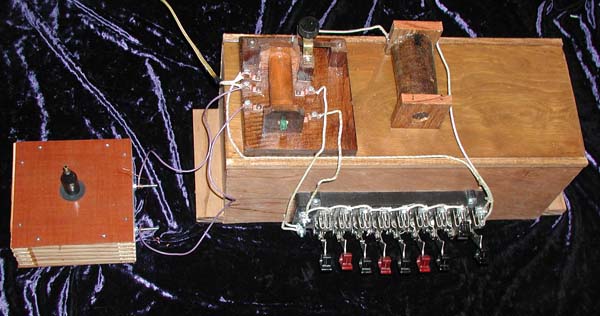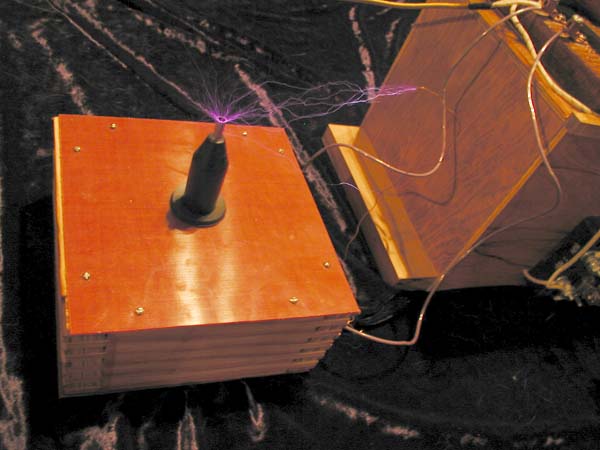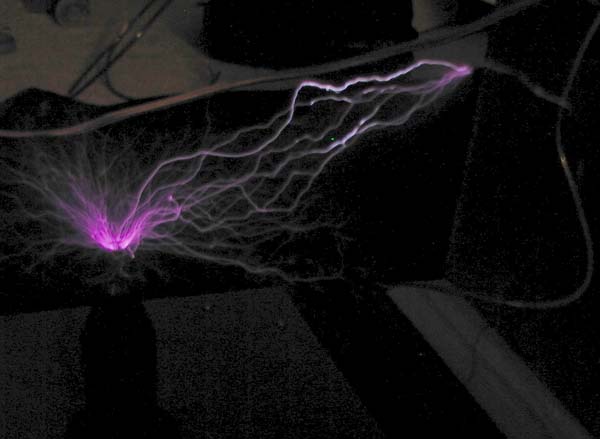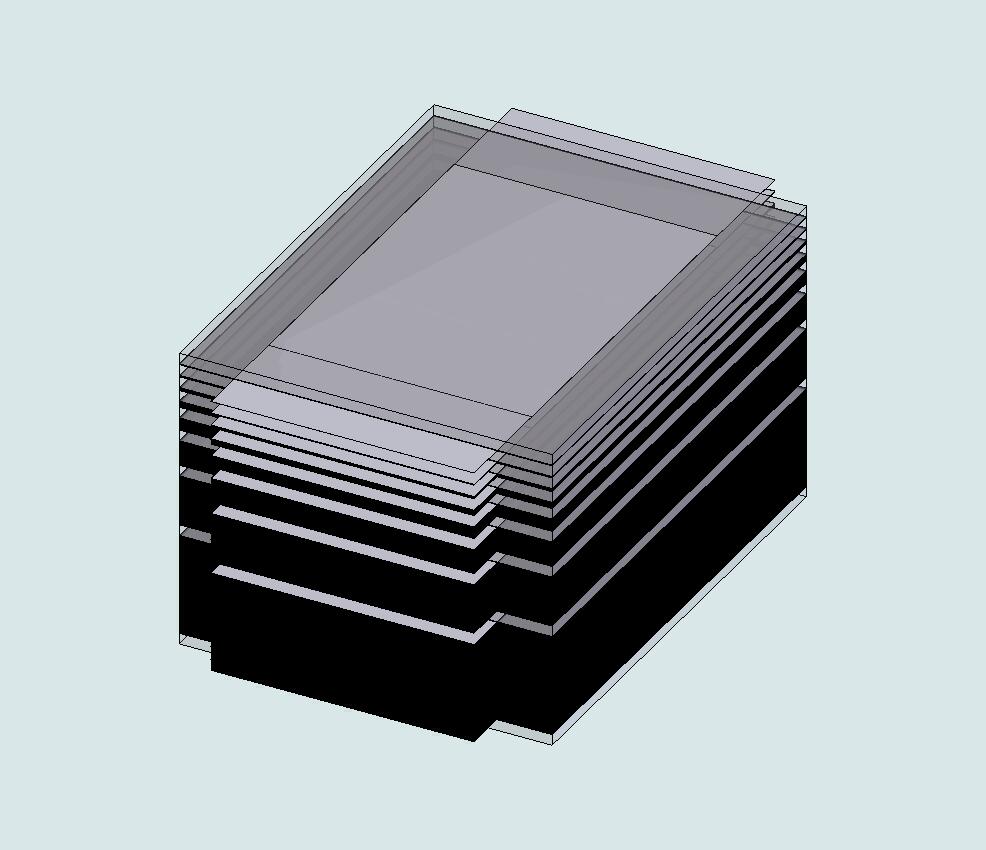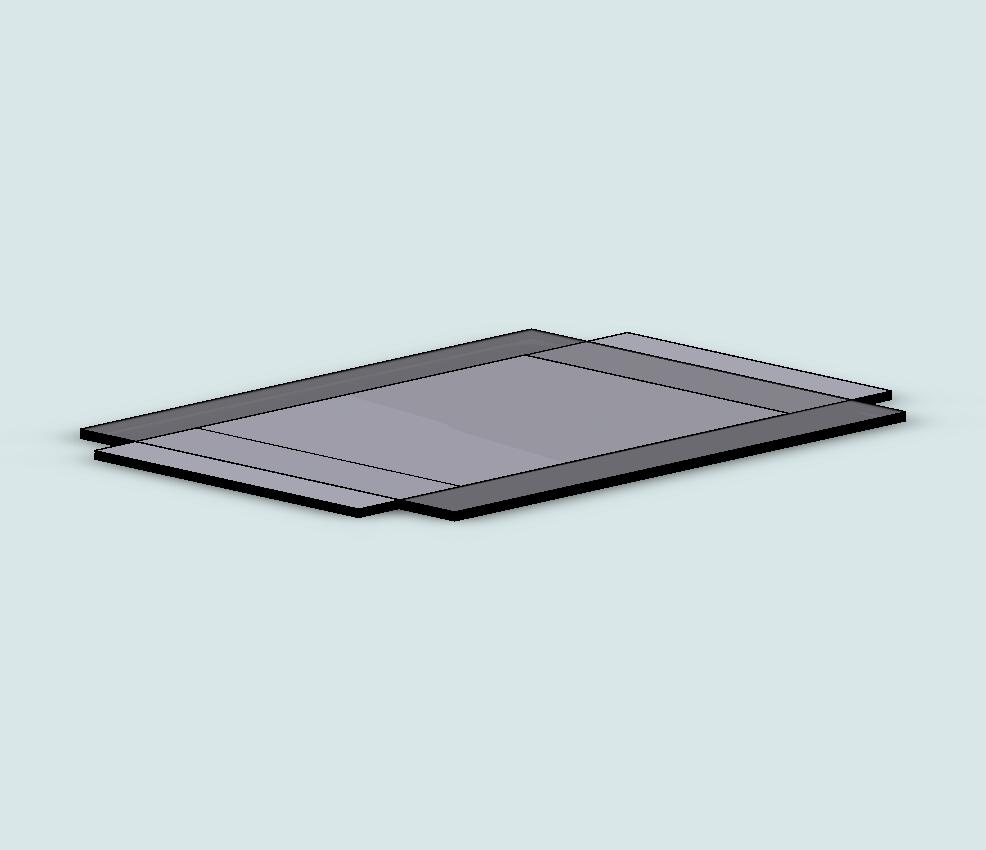How do you tune a Tesla Coil perfectly? The normal answer is to adjust
a tap on the primary coil to find resonance. While this may
work, it is given way to mechanical tolerances and difficulties. With
the development of Pancake and other varieties of coils in which
both primary and secondary coils are impregnated in an insulating compound,
it is not possible to use this method.
|
| Further, it becomes necessary to
readjust the coil when: |
Top-load capacities of the coil are
changed or variable (ie, person standing on top of coil) |
| |
The type of electrical discharge
produced needs to be varied |
| |
The tank circuit is modified or
adjusted |
| |
etc. |
| |
In the construction of
capacitors, alternating plates of metal are insulated from each other using
a dielectric material. Normally this is done to suit various
generic commercial values such as .010, .020, .150 mfd, etc. If by
chance you need .170 mfd, or .171 mfd, you may need to buy several
capacitors. Commercial
Tesla Coil capacitors can easily cost upwards of $500 each, making it quite expensive!
For studying Pancake Coils, which require larger capacities than helix
coils, the cost can easily double or triple...costing thousands of
dollars....
Using overhead transparencies (acetate sheets) and aluminum foil, I found a
way to make an inexpensive capacitor that suits most every need for the
Tesla Coil builder. A simple two plate capacitor made with 8.5 x 11
acetate as the dielectric (2-4 sheets, depending on the thickness) measures
.001 mfd...making the mathematics behind the construction of any cap
relatively simple!
The idea involves transferring the principle of binary numbers to the plates
of capacitors. I made several stacked capacitors that could be placed
in parallel with knife switches. The values measured .001 mfd, .002
mfd, .004 mfd, .008 mfd, .016 mfd, .032 mfd, .064 mfd, .128 mfd, .256 mfd,
and .512 mfd. This large cap (approximately 12" square) could now
become any value from .001 mfd to 1.023 mfd in .001 mfd increments!
For example:
Imagine any binary number, and replace the 0's and 1's with on and off
positions of a knife switch: |
|
.001 mfd = 0000000001
.002 mfd = 0000000010
.003 mfd = 0000000011
.004 mfd = 0000000100
.005 mfd = 0000000101
.006 mfd = 0000000110
.007 mfd = 0000000111
.
.
.
.045 mfd = 0000101101
.046 mfd = 0000101110
.
.
.
1.00 mfd = 1111101000 |
In practice, an 8 section capacitor with the values from .001 to .255 mfd is
most suitable for Tesla Coil builders.
|
